15 Stories That Remind Us to Stay Kind, Even When the World Isn’t

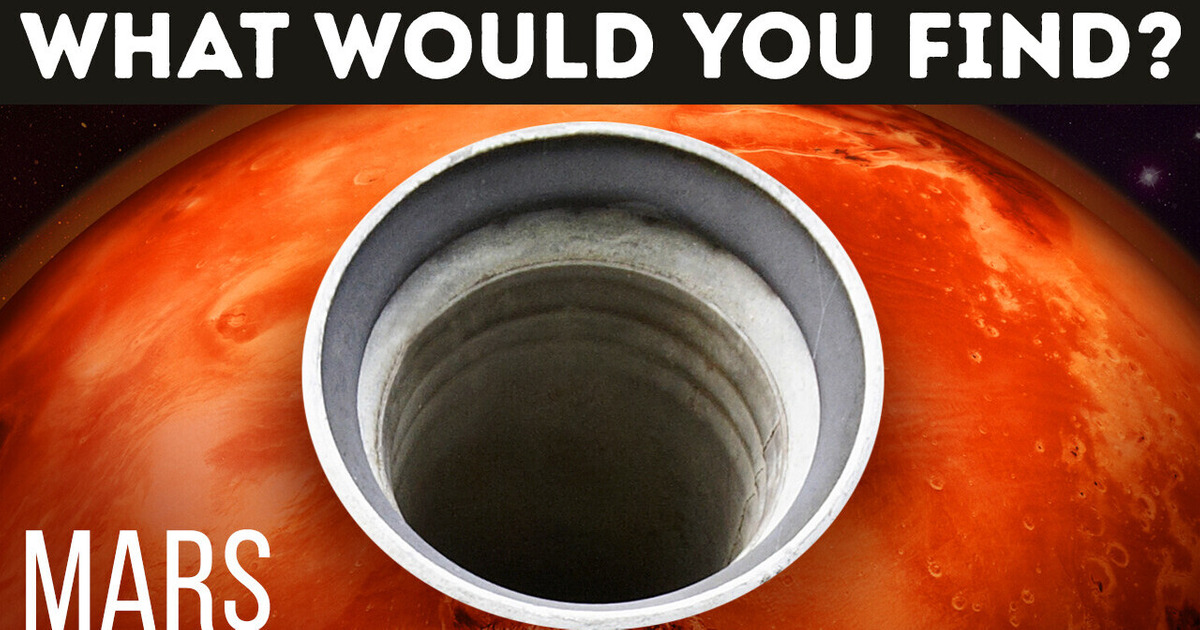
Well, looky here! You’re about to figure out what lies under the surface of each planet in the Solar System! Get into your spaceship equipped with the largest drill you can only imagine — and off you go! You start with Mercury. It’s the closest planet to the Sun. At first sight, the place looks similar to our good old Moon! But after landing, you understand it’s an illusion.
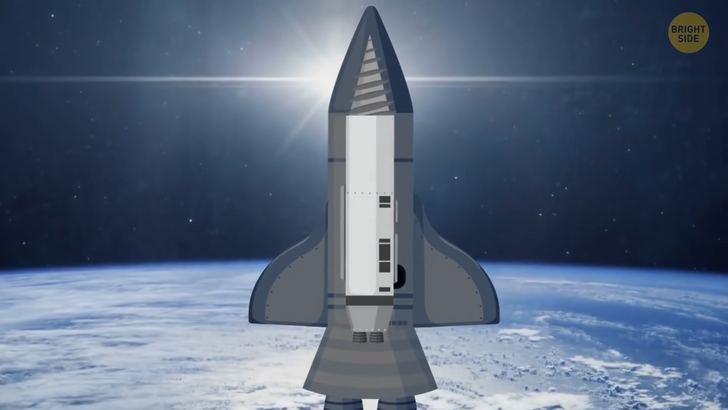
All around your spaceship, there are craters left by meteorites. The planet’s surface is littered with huge steep hills. Some of them are 2 [ml (3km)] miles high and stretch for hundreds of miles. You start drilling and immediately understand it’s gonna be tough. Mercury is the second densest planet in the Solar System — topped only by Earth.
The planet’s outer shell is 250 miles of solid crust and rocky mantle. After getting through it, you see Mercury’s metallic core. It takes up almost 85% of the planet’s volume and contains more iron than any other planet we know about! You don’t need to drill anymore: the outer core is liquid. But once you reach the solid inner core, you have to switch that drill on again.
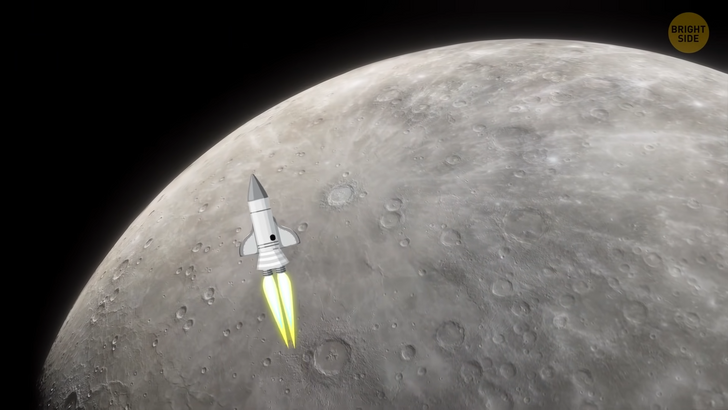
The next planet you’re going to explore is Venus. It’s the hottest planet in the Solar System. The average temperatures there are high enough to melt lead. The pressure on the planet is 90 times greater than on Earth. Your spacecraft is traveling through thick clouds of sulfuric acid. Venus’s surface is reddish-brown and extremely dry. You land in the middle of a flat, smooth plain. Plains like this cover two-thirds of the planet’s surface.
Well, you get down to work: the drill starts moving through the crust. It consists mostly of basalt and is almost 12 [ml (~20km)] miles wide. The next layer is a molten rocky mantle. After some time, you get the feeling it’ll never end. No wonder — it’s 1,200 [ml (1,900 km)] miles thick! Finally, you arrive at the planet’s metallic iron core. It’s huge — twice wider than the mantle!
See that blue sphere slightly to the left? It’s Earth! How about you skip it for the moment and get back to it later? Right now, Mars sounds so much more exciting!
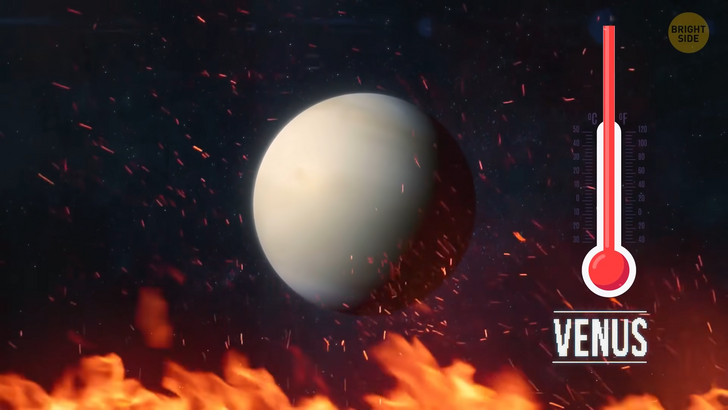
Brrr, the place is freezing cold! The temperature is minus −80˚F [(-60˚C)]. The planet looks reddish. And as soon as you make your first step on its surface, it becomes clear why. The ground’s covered with rusty-colored dust. Its fine particles are also floating in the air around you. In most places, that dust layer is 7 ft [(2 m)] thick!
You start drilling through the planet’s thin crust. It’s made up of volcanic basalt rock. Pretty soon, you reach the mantle. It’s composed of oxygen, silicates, and other minerals — something like soft rocky toothpaste. The Red Planet’s mantle is much thinner than Earth’s — it’s 1,100 [ml (1,770 km)] miles thick at most.
You feel that the drill begins to move a bit differently. Ah, must be the core! It’s made mostly of iron, nickel, and sulfur and is between 900 to 1,200 ml [(1,450 to 1,900 km)] miles across. And, unlike Earth’s core, it doesn’t move.
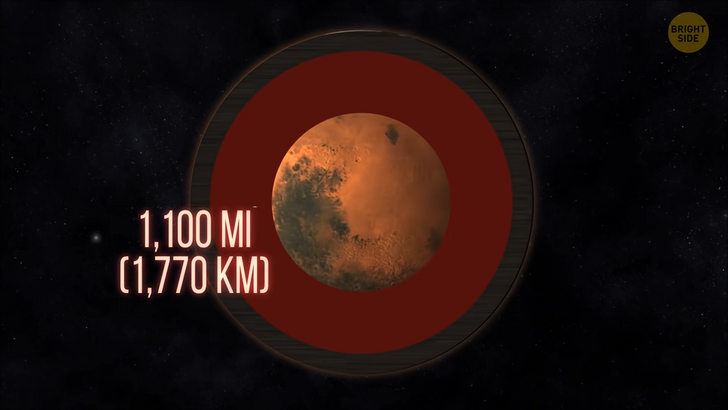
Time to visit the largest planet of the Solar System — Jupiter! Almost 1,300 Earths could fit into this huge thing! It’s also alarmingly hot — about 43,000˚F [(~24,000˚C)] at the core. But you can’t land on Jupiter because it doesn’t have any solid surface. The planet is a gas giant (the keyword here being “gas”). Your drill is also of no use — at least, at first.
While descending, you watch thick brown, yellow, red, and white clouds passing by. Thanks to them, the planet looks colorful and beautifully striped.
You keep going deeper toward the center of the planet. Its atmosphere’s made up of hydrogen and helium gas. Soon, you see the hydrogen become liquid under immense atmospheric pressure. And closer to the core, this liquid turns into a mixture of metallic hydrogen and helium.
You reach something that looks like a core! But even with the help of your equipment, you can’t figure out whether it’s a molten ball of liquid or a solid rock 14 to 18 times the mass of Earth. Maybe one day, astronomers will help you answer this question.
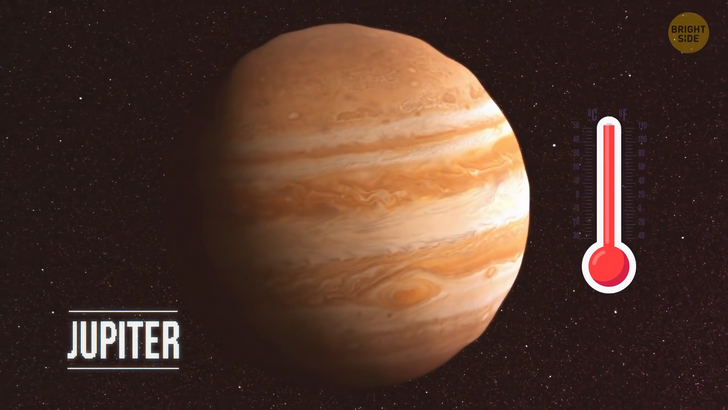
The next planet turns out to be exceptionally windy! Like me. The winds on Saturn travel at more than 1,100 mph [(1,770 kph)] miles per hour at the equator! From above, it looks as if the gas giant has a solid yellowish-brown surface.
You get through several different layers of clouds. And suddenly, you realize you can’t land your spacecraft here as well. Saturn is the least dense planet in the Solar System. It has only one-eighth the average Earth’s density. If you found a pool of water large enough to fit the ringed planet, the gas giant would float!
If you kept going down, you’d probably have found Saturn’s core. It’s likely to be rocky, with hydrogen and helium surrounding it. Ah, you’re approaching the ice giant Uranus. Which means there’s going to be some surface to land on! Or not? The planet isn’t solid. You fly through the upper atmosphere and sink into the liquid icy center.
The “ice” (which makes up 80% of the planet’s mass) is actually a hot dense fluid. It consists of water, ammonia ice, and methane. This part of the planet is sometimes called a water-ammonia ocean. This ice surrounds a solid rocky core. That’s where you can finally use your drill! The core’s small, half the Earth’s mass. Compared to other planets, it’s also rather cool — “a mere” 9,000˚F [(5,000˚C)].
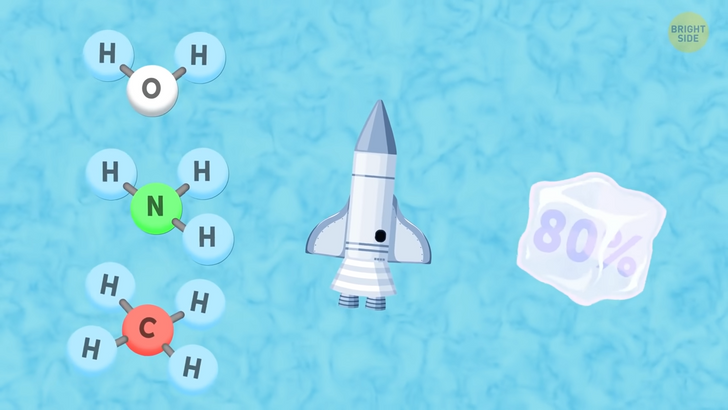
You’re reaching the farthest point of your journey — Neptune. It’s 4 times the size of Earth but 17 times as heavy. The bluish “surface” you see when coming closer is a layer of permanent clouds and swirling gas.
Below this “surface,” there’s a large mantle — liquid and red-hot. The mantle is rich in methane, ammonia, and water and equals 15 Earth’s masses. At last, you have something to drill: the planet’s core is solid. It consists mostly of iron and other metals. Keep drilling until you’re at a depth of 4,500 [ml (7,200 km)] miles. Astronomers are almost sure that’s where you can find a diamond layer. That’s right, it rains diamond crystals there.
Time to go back home! [Earth] People have drilled pretty deep holes here. But they were never deep enough to even get through the crust. After the drills traveled one-third of the way, the temperature reached 360˚F [(180˚C)]. And the equipment couldn’t operate any longer.
But your drill is much stronger than that! That’s why you easily move through the crust. It takes up only 1% of Earth’s volume and is broken into tectonic plates. They let heat escape from the Earth’s interior. You reach the mantle. This layer is about 1,800ml [(~3,000 km)] miles thick and makes nearly 84% of the planet’s volume. It consists of silicate rocks rich in iron and magnesium.
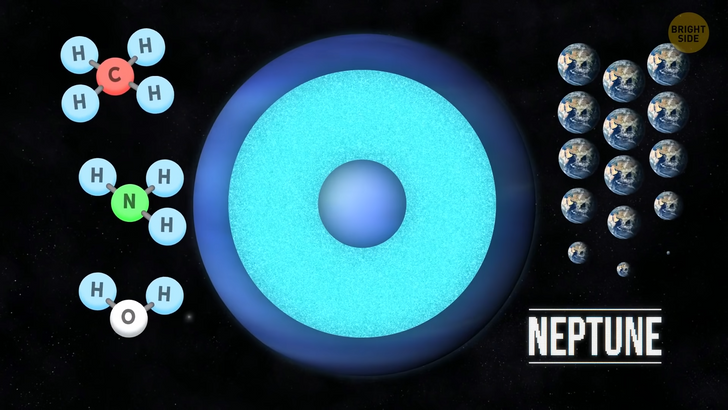
You don’t need to drill anymore — the 1,500 ml [(2,400 km)] -mile-thick outer core is liquid. It consists of iron and nickel, but the pressure isn’t high enough for it to be solid. You pass the boundary between the outer and inner core. It’s quite a challenge: the temperature there is 10,800˚F [(6,000˚C)] — as hot as on the Sun’s surface! And the pressure is 3.3 million times the atmospheric pressure at sea level.
The inner core is a solid ball made of iron and nickel. Its radius is 760ml [(1,200 km)] miles. It makes 20% of the Earth’s radius and 80% of the Moon’s. Scientists know what’s going on under the crust of the planets that are millions and billions of miles away from us. And they don’t even need to go there, drill through their surface, and peek inside!
They combine information about the planet’s density, magnetic field, mountain ranges, heat, and seismic activity to make their smart assumptions. For example, Earth’s magnetic field shields us and the atmosphere from solar flares and solar winds. Scientists believe that it exists thanks to a hot iron core inside the planet. It rotates and generates invisible protection — like an enormous, scorching hot dynamo.

And this magnetic field is way stronger than that on Mars. It probably means that something happened to the Red Planet’s core. Maybe it cooled down and kinda “switched off.” Or maybe there wasn’t any magnetic field, to begin with. There are loads of active volcanoes on Earth’s surface. That’s how scientists can conclude there must be a relatively thin crust. And the mantle must be made of liquid magma.
But Martian volcanoes aren’t active anymore. There could have been a hot liquid mantle under the planet’s crust once. But after the volcanoes formed, something went wrong. The interior probably cooled down. Or the crusts somehow became thicker. Whatever it was, it successfully stopped magma from getting to the surface.
And then, there’s also seismic activity. If many earth- (or mars-, or Venus-) quakes happen on the planet, there’s a lot going on under the surface. If we talk about Earth, it’s the movements of tectonic plates. Most earthquakes happen along their edges. If there’s little seismic activity on the planet, it might have no plate tectonics. Then its interior is calm.
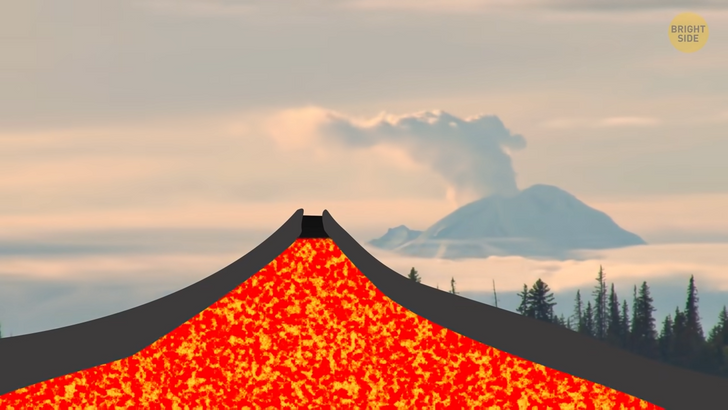
Researchers also pay attention to how long it takes a seismic wave to go through a planet or how it “echoes” inside. It can help to get more information about the density of the crust, what the mantle’s made of, and so on. But scientists have to be extremely careful with the causes of these earthquakes. Sometimes, they can occur after meteorites hit the planet. And it has no connection with the processes going on under the surface.
Of course, these last two methods will only work with rock planets. Mainly because gas giants have neither volcanoes nor seismic activity. Boy, all this talk about thin crusts and thick crusts is making my hungry. Hey, you up for some pizza?











